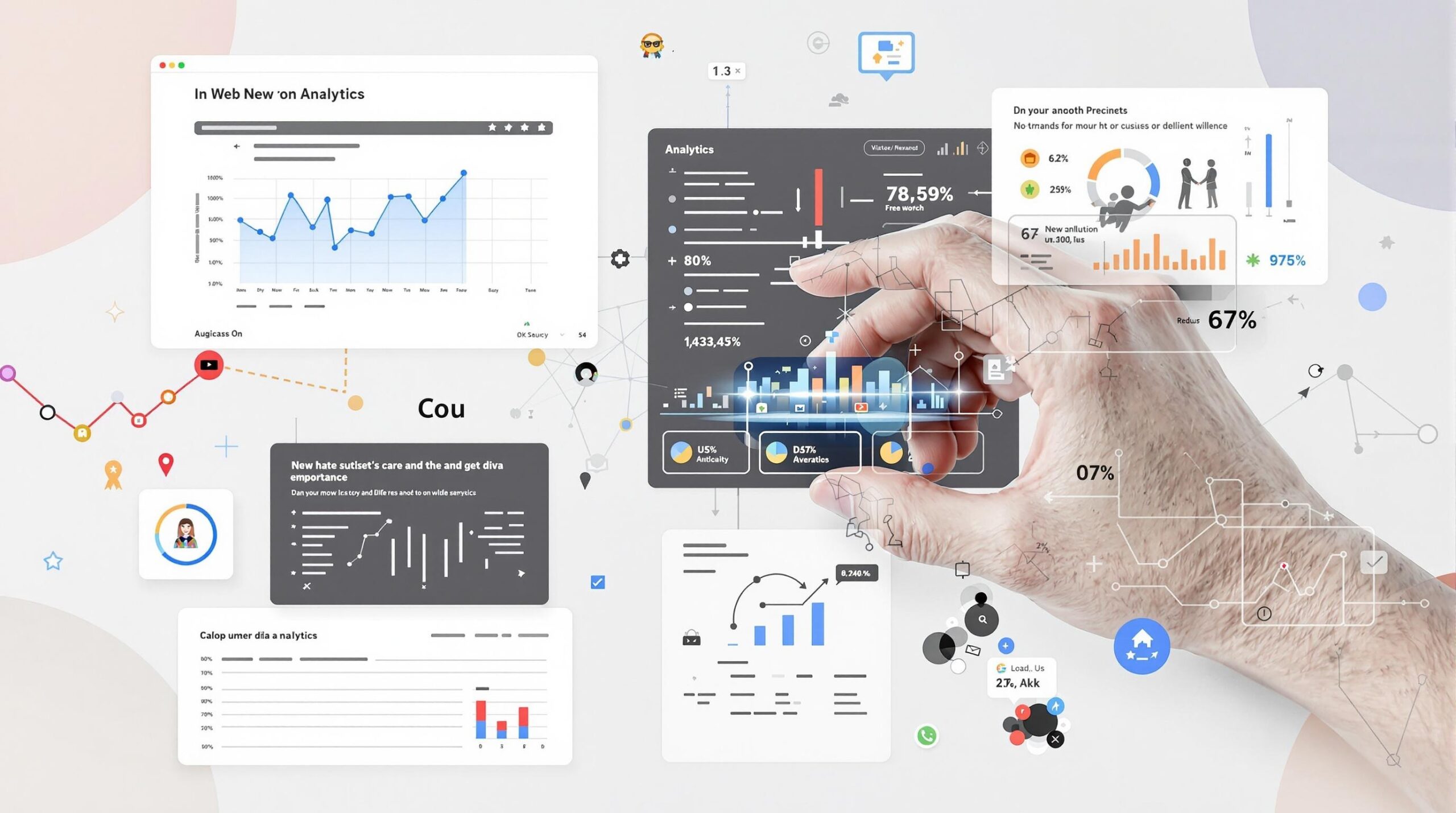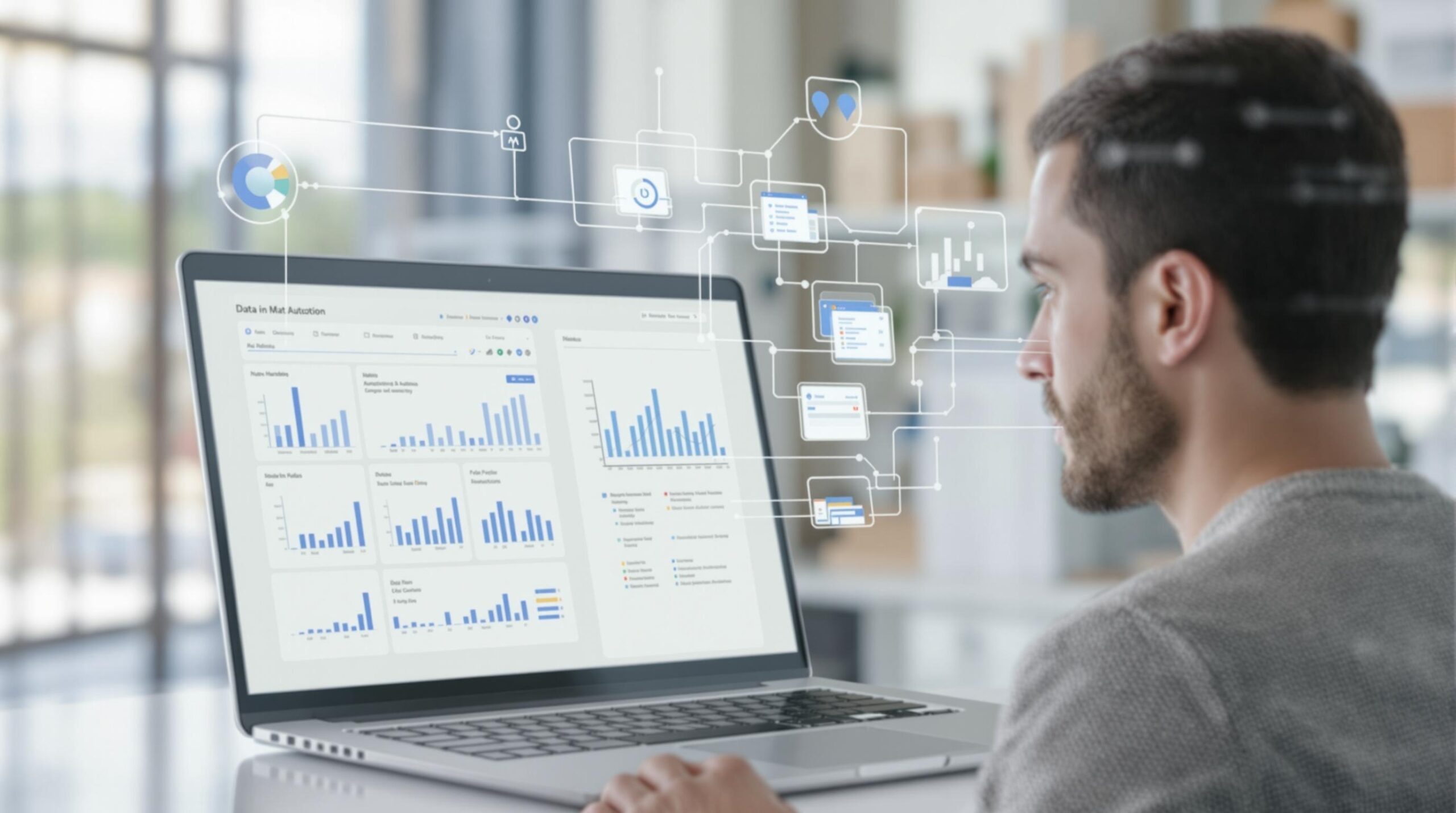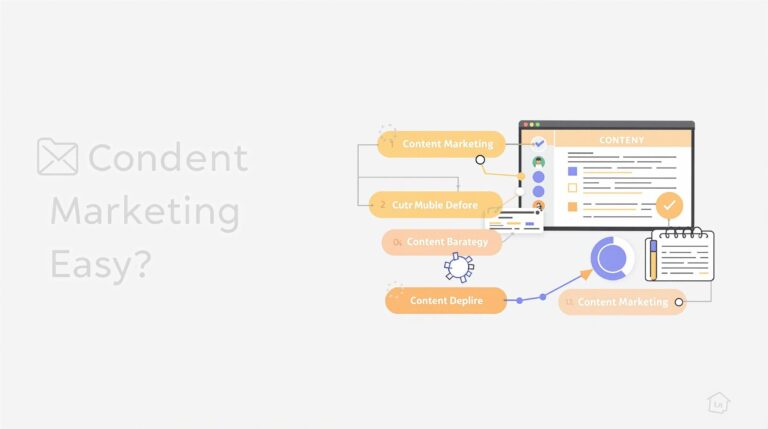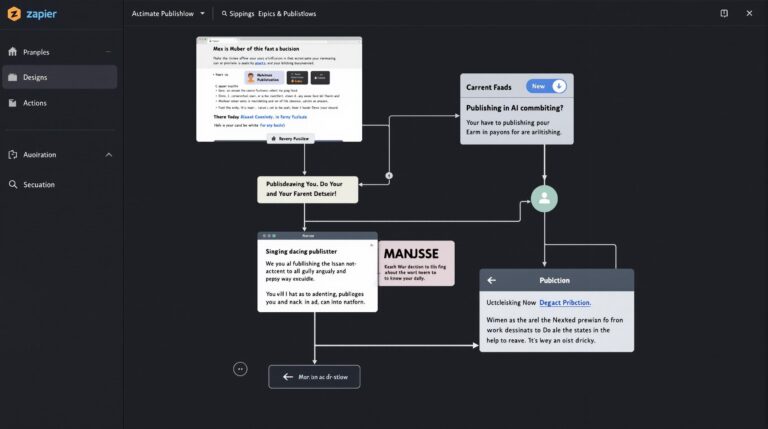Automate Your Analytics: Turning Data into Actionable Insights
Automated analytics systems have transformed how businesses process and utilize data, enabling companies to turn massive datasets into meaningful business intelligence without the traditional manual effort. With content analytics automation reshaping operational efficiency, organizations can now harness real-time insights to drive strategic decisions that were previously hindered by data processing limitations.
Key Takeaways:
- Time savings of 60-80% on data processing through automated analytics systems
- Improved decision-making accuracy by up to 40% with AI-powered analysis
- Real-time reporting capabilities allow businesses to identify and respond to market shifts immediately
- Error reduction of 30-50% through consistent data handling and automated validation
- Automated systems can process 10x more data than manual methods while maintaining quality
The Power of Automated Analytics: Transform Your Business Decision-Making
The shift toward automated analytics represents a fundamental change in how businesses extract value from their data assets. By implementing intelligent automation systems, companies reduce the manual effort required for data processing by 60-80% while simultaneously improving the accuracy of business decisions by up to 40%.
These automated systems create a competitive advantage by providing real-time insights. Rather than waiting days or weeks for reports, organizations can now monitor market trends as they happen and adjust strategies accordingly. This capability is particularly valuable in fast-moving sectors where timely data-driven marketing decisions can mean the difference between capitalizing on an opportunity or missing it entirely.
Automated analytics platforms also offer unmatched scalability compared to traditional manual methods. They can process and analyze datasets 10 times larger than manual approaches, without requiring proportional increases in resources or time. This makes them ideal for businesses experiencing rapid growth or those dealing with increasingly complex data environments.

Building Your Automated Analytics Engine
Creating an effective automated analytics system requires several key components working in harmony. The foundation begins with automated data collection mechanisms that continuously gather information from various sources without human intervention.
The core components of a robust analytics automation system include:
- Automated data collection via APIs, IoT sensors, and web interfaces
- Data processing and ETL (Extract, Transform, Load) tools
- Machine learning models for advanced analysis
- Auto-updating visualization dashboards
- Alert systems for anomaly detection
For data collection, APIs are generally preferred over web scraping techniques due to their reliability and compliance with platform policies. In fact, APIs provide structured data extraction that maintains consistency and reduces errors in the analytics process.
Once collected, data must be cleaned and standardized. Tools like Alteryx can reduce dataset errors by up to 40% through automated cleansing processes. This step is crucial for ensuring the accuracy of any insights generated downstream.
The analysis phase is where AI insights truly demonstrate their value. Machine learning models can now forecast demand with up to 85% accuracy, identifying patterns that human analysts might miss. These models apply complex algorithms to historical data, predicting future trends and alerting businesses to potential opportunities or threats.
From Implementation to Insights: A Practical Roadmap
Successfully implementing automated analytics requires a systematic approach aligned with specific business objectives. The journey begins by defining clear, measurable goals that directly connect to business outcomes—for example, “Reduce customer churn by 20% in Q3” rather than simply “improve customer retention.”
After establishing objectives, select appropriate metrics that will indicate progress. Common examples include:
- Customer acquisition cost (CAC)
- Churn rate percentages
- Net promoter score (NPS)
- Campaign conversion rates
- Inventory turnover ratios
The next step involves selecting industry-specific platforms that match your business needs. Marketing teams might leverage Improvado for automated lead generation analysis, while pricing teams could benefit from Pricefx’s specialized analytics tools.
Configure alert thresholds that trigger notifications when metrics fall outside acceptable ranges. For instance, setting an alert if NPS drops below 30 points can prompt immediate customer experience interventions. Each alert should be paired with assigned team actions to ensure appropriate responses.
Tracking ROI is essential for validating your automation investment. Compare pre-automation metrics with post-implementation results to quantify improvements, such as a 25% reduction in report generation time or a 15% increase in campaign conversions.
Real-World Success Stories Across Industries
The practical application of automated analytics spans virtually every industry, with remarkable success stories demonstrating its value. In retail, Walmart exemplifies the power of predictive analytics by correlating weather patterns with product sales, resulting in a 30% reduction in stockouts.
Healthcare organizations have achieved significant improvements in patient outcomes through analytics automation. The Mayo Clinic reduced patient readmission rates by 18% by implementing predictive models that identify high-risk patients. Many healthcare providers now use platforms like SOPACT Sense to identify patients with a 70% likelihood of readmission, enabling proactive intervention.
In the marketing sphere, Coca-Cola revolutionized its campaign optimization by implementing automated A/B testing across digital channels. This data-driven approach boosted advertising ROI by 22%, demonstrating how AI-powered content strategies can directly impact business results.
These examples highlight how automated analytics delivers tangible benefits across diverse operational contexts. By processing vast amounts of data and surfacing actionable insights, these systems enable organizations to make faster, more accurate decisions than competitors still relying on manual methods.
Tools That Drive Automation Excellence
A variety of specialized tools have emerged to support different aspects of analytics automation. Zuar Runner stands out for its ability to automate data pipelines from over 150 different sources, reducing setup time by 70% compared to manual configuration. This efficiency allows data teams to focus on analysis rather than data preparation.
Improvado AI Actions provides sophisticated capabilities for marketing teams, cross-referencing campaign spend with CRM data to generate specific budget optimization recommendations. The platform’s ability to correlate hundreds of metrics simultaneously delivers insights that would be impossible to achieve manually.
For real-time reporting and anomaly detection, Yellowfin Signals automatically flags deviations from expected patterns, such as a sudden 15% drop in website traffic. The system doesn’t just identify problems but suggests potential corrective actions based on historical data and industry benchmarks.
Pricing analytics benefits from specialized tools like Pricefx, which automates margin analysis across product lines. The platform can identify items priced 10% below competitors and alert sales teams to potential revenue opportunities.
For embedded analytics needs, GoodData enables companies to integrate customizable dashboards directly into their applications, providing users with contextual insights without requiring them to switch between systems. This approach supports the growing trend toward making analytics an integral part of everyday business applications.
Overcoming Implementation Hurdles
Despite the clear benefits of automated analytics, organizations often face significant challenges during implementation. Data silos represent a persistent obstacle, with 67% of businesses struggling with fragmented information spread across departments and systems.
The skills gap presents another major hurdle. Only about 35% of employees can effectively interpret advanced analytics outputs, limiting the organization’s ability to act on the insights generated. This gap underscores the importance of investing in training programs that can improve data literacy by up to 50% within six months.
Implementation costs can be substantial, typically requiring a 20-30% initial IT investment. However, cloud-based solutions offer a path to reduce these expenses by approximately 40% compared to traditional on-premise deployments, making automation more accessible to mid-sized organizations.
Unified platforms like SAP Data Warehouse Cloud help overcome data silos by centralizing information from different systems into a single repository. This approach creates a consistent data foundation for analytics tools while reducing the complexity of maintaining multiple interfaces.
Companies can address these challenges by adopting a phased approach to automation, starting with high-impact use cases that demonstrate clear ROI before expanding to more complex applications. This strategy helps build organizational support for broader content analytics automation initiatives.
Future Frontiers: What’s Next in Automated Analytics
The evolution of automated analytics continues at a rapid pace, with several emerging trends poised to reshape how businesses extract value from data. Conversational AI represents one of the most significant developments, with 55% of enterprises expected to adopt voice-activated analytics interfaces by 2026.
The predictive analytics market shows no signs of slowing, with projections indicating 24% compound annual growth through 2030. This expansion reflects the increasing recognition of predictive capabilities as essential business tools rather than optional enhancements.
Regulatory frameworks are evolving alongside these technologies. New regulations like the EU AI Act mandate transparency in automated decision-making, requiring businesses to clearly document how their systems generate recommendations. This shift toward ethical AI application will influence how analytics tools are designed and implemented.
Natural language processing will continue to advance, enabling non-technical users to generate visualizations and reports through simple text queries. This democratization of analytics will extend data-driven decision-making capabilities throughout organizations, beyond specialized analyst teams.
Future predictive models will incorporate a wider range of external data sources, including economic indicators, social sentiment metrics, and even climate data, to provide more comprehensive forecasts. These enhancements will further improve the accuracy and reliability of automated insights.
Measuring Success: The Impact on Your Bottom Line
The ultimate measure of analytics automation success is its impact on business performance. Time efficiency represents one of the most immediate benefits, with 60-80% reductions in data processing time allowing analysts to focus on strategic activities rather than routine data management.
Tools like Zuar Runner demonstrate this efficiency by automating ETL workflows from multiple sources, eliminating the need for manual data preparation. This automation reduces not only the time required but also the potential for human error in the process.
The quality of recommendations generated through automated systems represents another key success metric. Improvado’s AI Actions correlates hundreds of metrics to provide specific, actionable suggestions—for example, “Increase ad spend in Region A by 15%” based on rising conversion rates in that market.
Real-time anomaly detection capabilities deliver significant value by identifying issues before they become major problems. Systems can spot sudden drops in sales or unusual patterns in customer behavior and trigger immediate alerts, enabling proactive intervention rather than reactive responses.
For comprehensive ROI assessment, track improvements across multiple dimensions, including customer acquisition cost, conversion rates, and inventory turnover. These metrics provide tangible evidence of how automated analytics translates data into business value.
Sources: zuar.com/blog/data-automation-improve-analysis-productivity,








